If you are familiar with Spike Lee’s work, you know that every story he tells has a message so grounded in the reality that it makes you think about all the bad things happening in the world right now. Are his films entertaining? Hell yeah! Are they just for entertainment? Never! ‘See You Yesterday’ should be added to another film in the list where an interesting medium is used to tell a heart-breaking story that shoves you into reality. Directed by Stefon Bristol, who wrote the story with Fredrica Bailey, it might not be the best film on the “Black Lives Matter” issue, but it is good enough to warrant a watch. If you haven’t yet seen it, head over to Netflix.
SPOILERS AHEAD!
Summary of the Plot
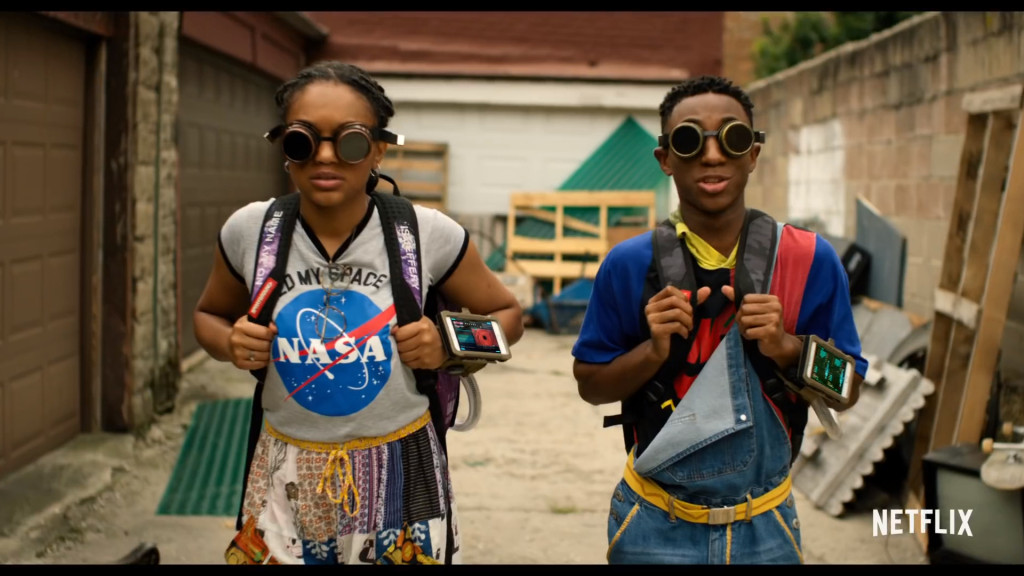
The film focuses on two genius teenagers who succeed in finding out a way to travel back in time. C. J (Eden Duncan-Smith) and Sebastian (Dante Crichlow) are best friends and “science bros” who have been working on a time machine so that they can exhibit it at an expo which will help them secure scholarships and maybe even be their way into a university like MIT. After a failed mission, they succeed in perfecting the machine but realise that it only gives them a window of ten minutes. For now, it feels enough for them to make their dreams come true. However, on the following day, C. J’s brother, Calvin (Astro) is shot dead by a white cop. This prompts her and Sebastian to use the machine to bring him back. However, playing with time comes with consequences.
Understanding the Time Travel
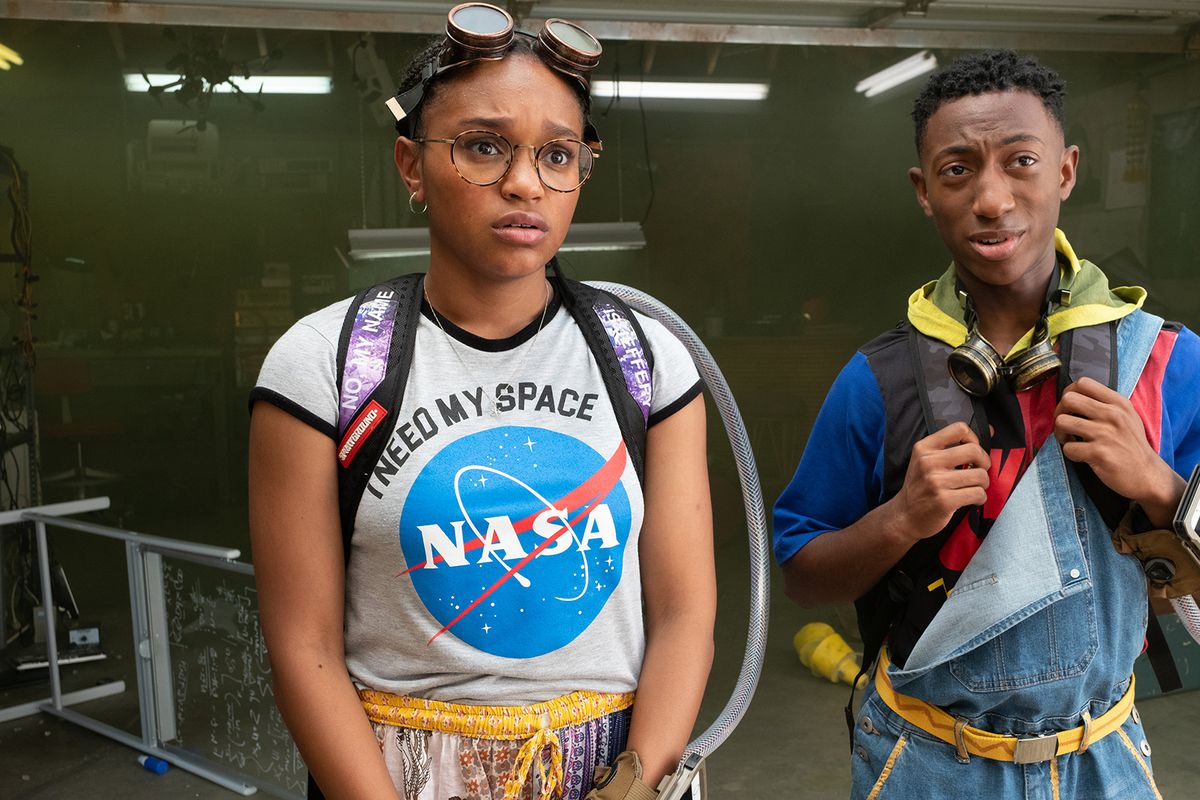
Had ‘See You Yesterday’ been purely about the science and the technicalities of time travel, we could have expected this section to be knottier. However, this film is more focused on the message that it wants to send and its investment in the intricacies of the space-time continuum is limited to one effect only- capturing the interest of the audience. Time travel is just a fancy wrapping to entice the viewers, while the content is a hard truth. Despite it being the secondary thing for plot support, the film tries its best to handle various paradoxes, successfully overcoming some while falling prey to others. The protagonists time-travel four times, and for science maniacs, this is enough matter to nit-pick all the flaws out of the theory. Also, three loops are enough to entangle your understanding of the events. So, if there is any confusion, allow me to help clear it. Let’s take this one loop at a time.
After working on the thing for one whole year, C. J and Sebastian are able to crack the code of time travel. Their small backpacks might not look like it but they hold the device that can work wonders. The film begins with them in an alley, trying to test out their machine. This alley becomes their rendezvous point for travelling back and forth in time. It is no wonder they chose this place since it is almost always empty. When their first trial fails, they go back to identifying and rectifying their mistakes. It is during this time that we get a glimpse into their school lives and their relationships. We are also told through the mention of the death of a young boy, named Francis Pierre, that this film is soon to turn this sci-fi debacle into social commentary. Every scene focuses on what matters more, giving very little space to scientific discussions that most of the populace wouldn’t understand anyway.
Loop One
Their summer holidays begin and they get back to work. This time, they figure out a way to make it work. Their first foray back into time leaves them ecstatic as they go around asking the date from everyone. They ask about it from Kim, and she comments that they “look crazy”. Then they go back to Carlito’s where they not only encounter Jared but also their past selves. C. J’s impulsive nature takes over and she indulges herself in messing with Jared, just for the fun of it. It is when he is hit by a car that Sebastian asks her to reconsider the consequences of what they have achieved. However, her arrogance blinds her to his logic and the matter is rebuffed and closed.
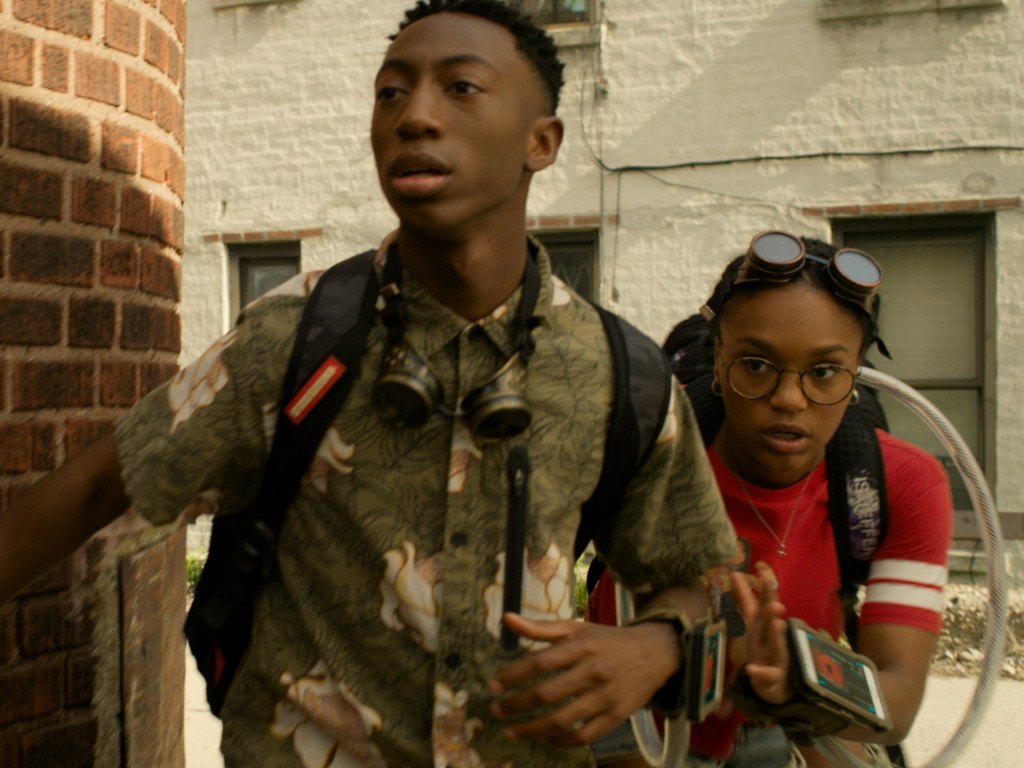
The need to travel back in time is triggered when a tragedy befalls C. J’s family. In a case of mistaken identity and the prejudice of the policemen, Calvin is shot dead. While Sebastian is reluctant at first to support, let alone join, her in changing the event, he later agrees to be her partner.
Loop Two
They devise a plan, a very simple one. They just have to be at the street where the shooting took place and convince her brother to leave the site. If they are not in the cops’ way, they won’t be harmed. Easy as that, what could go wrong?
They use the isolated surroundings of the alley, which they discover was one man too crowded. They make a run for the street. However, along the way they have a run-in with Jared, who is very upset about his accident and wants to punish C. J. They are surrounded by him and his friends, but somehow succeed in finding a way out and run towards their destination. But they are late by a couple of minutes, and again, Calvin is dead.
While the failure lowers their spirit, they know that the plan was flawed, not their machine. So, in order to do this right, they come up with another plan. Calvin died because he was mistaken for one of the men who had robbed Carlito’s. If the robbery never happens, it won’t come to the cops shooting at people. Ready to make another trip, they decide to take a different route this time. They decide to stop the robbery.
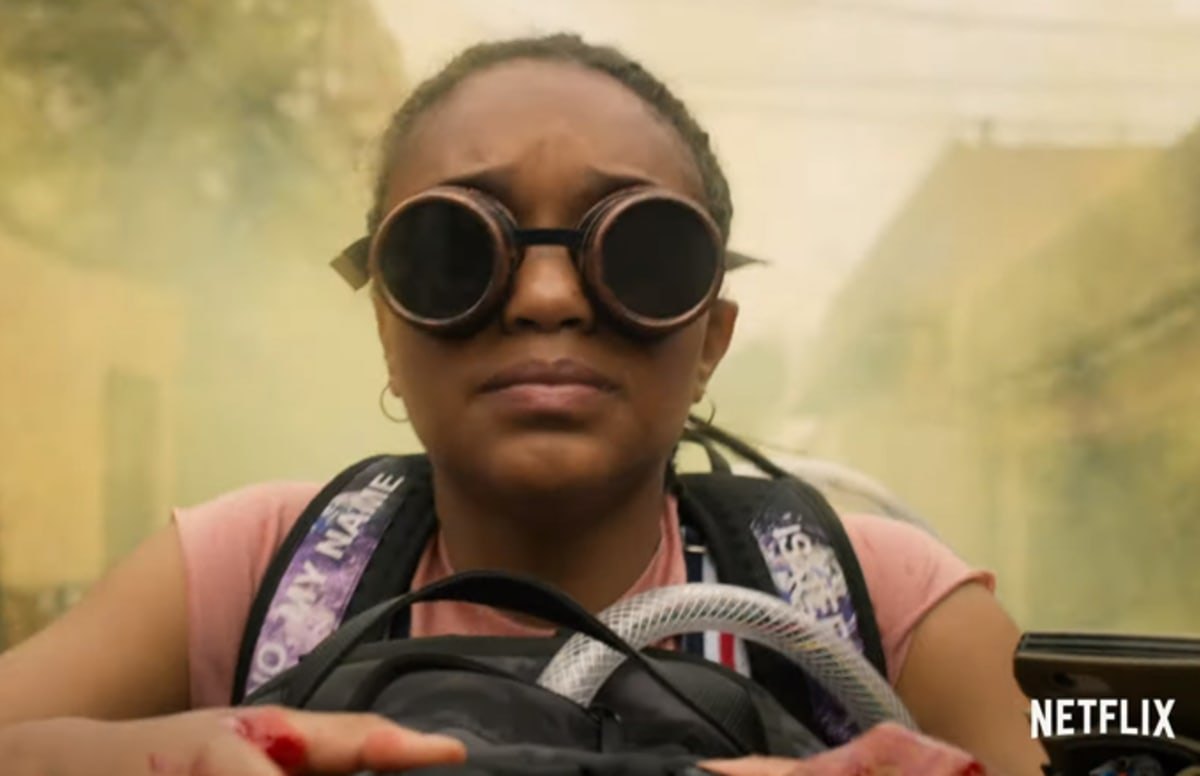
However, before they can move forward with it, there is a little thing they need to take care of- themselves, from the second loop. All of them will be landing on the same date in the same place at the same time. How do you stop that meeting? Simple, you create a splice in time. How exactly do they manage to do it? They use the help of another friend, employ his circuit board to use the excess energy into creating a separate timeline for their new trip. This way, they will be able to access the past without crossing path with themselves.
Loop Three
The first loop was just a mock-run. The second loop was about anticipating the flaws in their plan and dealing with them accordingly. The third loop becomes a lesson for them, to understand how dangerous it is to play with time and the dire consequences it can have. This time around, C. J and Sebastian decide to cut to the chase and alter the chain of events by stopping the one thing that triggers them.
As soon as they land in the past, C. J makes a call to 911, notifying them about the robbery. Five minutes later, they reach the place but don’t see any response to their actions. The cops haven’t arrived yet and the crime is about to happen in the next five minutes. C. J decides to take matters into her own hands and goes inside the store to warn the manager, who instead, indulges her in the events of yesterday- the fall-out with Jared where they throw drinks on his face (which actually happened in the first loop).
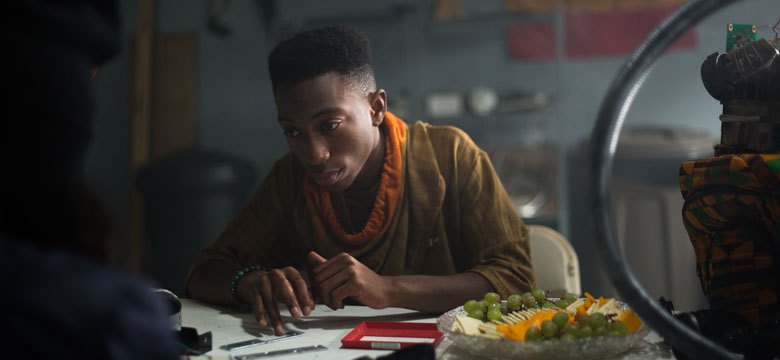
Meanwhile, the robbers have started to execute their plan. Another hitch in the plan appears when past-Sebastian sees present-C. J walk into Carlito’s and follows her. The present-Sebastian knows he can’t be seen by his past self and quickly hides from him. Inside the store, C. J manages to tell the owner about the planned robbery while past-Sebastian begins to question her about the machine. Everything gets jumbled up and both the robbers and the manager pull out their guns, which eventually leads to shots being fired, and Sebastian ending up the victim. As he watches his past-self die, present-Sebastian coughs up blood and disappears. Unable to do anything, C. J picks present-Sebastian’s stuff and runs back to her original timeline.
Now, everything has changed. Her brother is alive because the original robbery didn’t go down the way it should have, and Sebastian is dead. She can’t tell anyone what actually happened, because who would believe it? And even if they did, who was to blame for that? While she ponders upon a way to right the wrongs, her brother senses a problem. He confronts her about it with the funeral program that he must have found in her room or her bag. She explains everything to him by showing him the footage of them disappearing into thin air recorded in the camera in the alley. After discovering the truth, Calvin decides to help her go back in time and bring back Sebastian.
Once again, she goes to Eduardo for help, and this time, he too gets to know about the time travel. His quantum circuit, once again, helps them splice the time, but it is more focused this time around. C. J is supposed to go back to the beginning of the third loop and replace herself (the one who ran to Carlito’s), along with the plan. The concept might get a bit trickier to get hold of, but that’s how it is. The plan this time is to go back to the original plan. Skip Carlito’s altogether and focus on getting to Calvin. In order to convince him, she takes the funeral program and her father’s dog-tags that the current-Calvin gives to her.
Loop Four
Alright, this is the final time them. This is the chance to make everything right. With Sebastian back by her side, she runs back to the site of the shooting. Because it is happening all over again, Sebastian doesn’t know about his own death. When C. J runs the opposite way of Carlito’s, he is confused. Also, here were get a call-back from the first loop, when Kim tells them that they “still look crazy”. They make a run for it, this time, dodging Jared and his friends completely, and reach just in time to Calvin, who has been feeling off the whole day. I
n a parallel run to the duo’s quest to save him, we see Calvin acting a lot different than he did in the original timeline. He knows something is wrong, but he can’t put a finger on it. While she tries to convince her brother to get off the street, failing miserably at it, the robbers run past them, and soon, the cops follow. It happens all over again, the cops ask for the ID, which Calvin submits with some resentment. While the cops check his credentials, he mistakenly speaks about the robbery at the store, which alerts the cops because, according to them, it is too early for anyone to know about it. Unless, they are the perpetrators. This confusion leads to the drawing of guns.
While the cops restrain Sebastian and Calvin’s friend, he and C. J are asked to lay low on the ground. With everything happening in front of him, Calvin’s eyes fall on the funeral program and he sees Sebastian’s face on it, instead of his own. Realising now how everything will go down, that either him or Sebastian will fall victim to it, he decides to sacrifice himself. As Sebastian is freed from the cop’s hold, he and C. J run back.
Once back in their original timeline, Sebastian wonders why they ditched the plan of stopping the robbery and when he discovers the truth, he realises that every time they go back, someone dies. Accepting the fact that they can’t change anything, he tells C. J that there is no way he is going for it again. As he walks out of the garage, she locks herself in and goes back to try again.
The Message
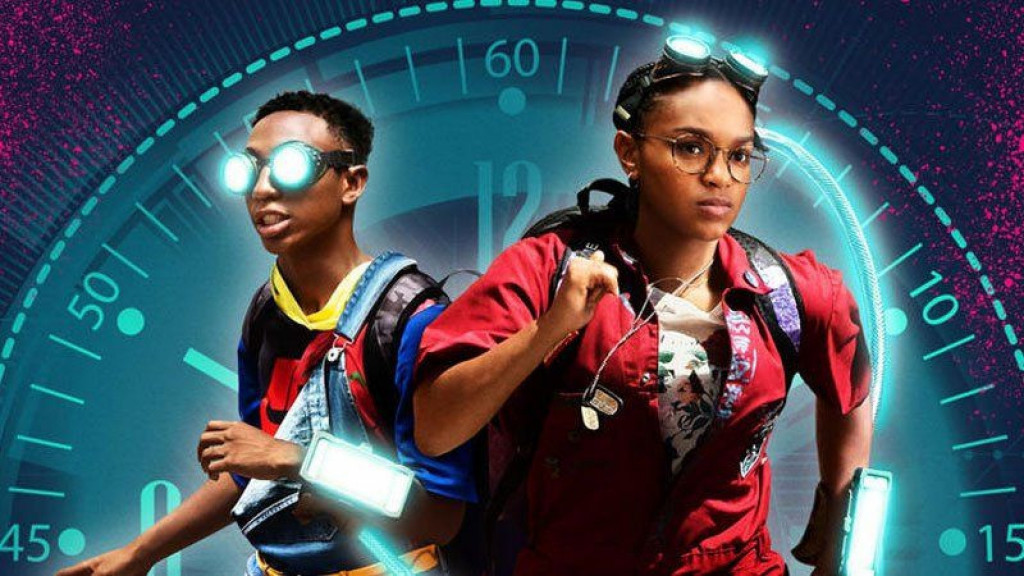
Is the time-travel of ‘See You Yesterday’ foolproof? No. Did the story succeed in tying up all loose ends of every loop? On the surface, yes. But a deeper analysis would reveal the flaws, for sure. For example, after the third loop, in which Sebastian dies, all the original events are wiped clean. No one remembers what happened the first time around. After Eduardo helps C. J and Calvin, he tells her that he’ll remember it, but she corrects him that it would have never happened. Haven’t the events changed for past-C.J as much as they have changed for everyone else? What about her memories? And this is just one of the easier questions. We could pick on more flaws along the way. But, we won’t, because it is not the point of the film.
Time travel is just a trope used to highlight much darker issues. The whole story revolves around the mistreatment of black people and the prejudice of white cops that has led to the death of so many young men. The quest of C. J to rectify the past, to make things right no matter how many times she fails, also feels like a metaphor for people fighting the system. In every loop, she tries to resolve the problem without giving thought to influencing the minds of the cops. She tries to get her brother out of the way, she even tries to stop the robbery in the first place. But in none of those versions does she think that “perhaps I should try to talk to those cops and tell them to not shoot an innocent man just because he is black.” This felt like a nod to the endless attempts by African-Americans activists and others who are fighting for changing a deeply biased justice system. How many more innocent lives will it take for things to change?
The Ending
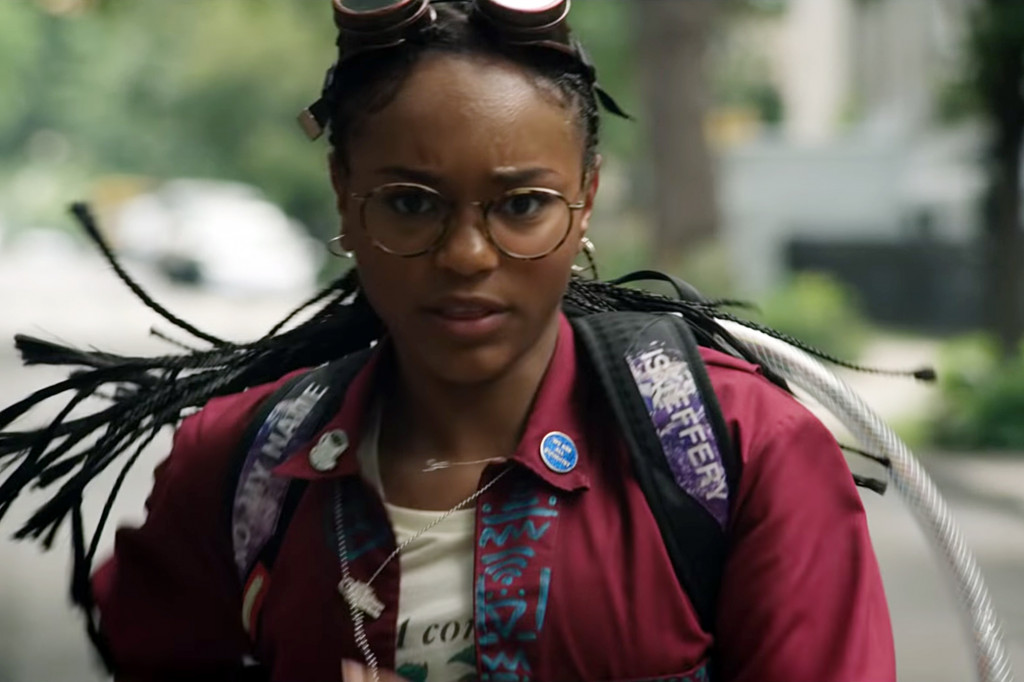
After Calvin dies all over again, Sebastian decides that it’s time to give up. You can’t change destiny; you can’t fight the system. But C. J hasn’t given up. After four trips, she knows how it all works and decides to give it another try. Even if she has to do it alone. The film ends with her making a run for it. So, what does it mean? Does she do it? Does she succeed in saving both Sebastian and Calvin? Or does she meet some other iteration where something even worse happens? And more importantly, if she fails this time as well, will she try again? Rather than considering her success or failure, I think the ending signifies something greater.
After watching the film and considering its core message, I believe that the ending has more to do with a message for black people, and, in fact, for everyone who is fighting the system- all the minorities, all the repressed, the LGBTQ+ community, the women (who have been thrown into yet another battle with the government after the introduction of those abhorrent, and, frankly, illogical abortion laws). The ending is a message to all those people, telling them to not stop, no matter how many failures they encounter in their attempts to set things right. You stick to that loop until you have made the world a better place. C.J might fail again, but at least, she’ll have tried. And knowing how stubborn she is, I don’t think she’ll stop. Neither should you.
Will There Be a See You Yesterday Sequel?
While the ending does leave things open, I don’t the think filmmakers were thinking a sequel when they made the film. The nature of ending in the film is to make you question the flawed system and institutional racism against African Americans. It wasn’t designed with the intention of making another film. Having said that, never say never when it comes to Netflix. If the film is a massive success, the streaming giant might commission a sequel just like they did with Bird Box.
Read More in Explainers: Triple Frontier | Zodiac | Okja

You must be logged in to post a comment.